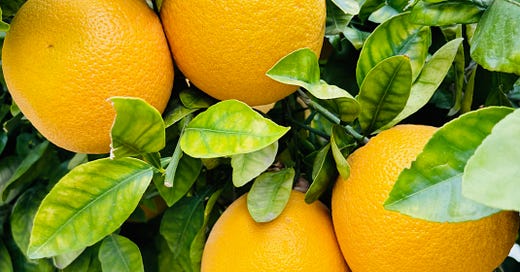Upgrade to paid to play voiceover
Hi friends and welcome back to the Good to Know series. A special hello to new subscribers both paid and free. I’m so glad you are here.
In these eight weeks, we are talking about good things to know about food. Topics have included saving money on groceries, menu planning, making effective grocery lists, keeping a…
Keep reading with a 7-day free trial
Subscribe to Betty Eatz Newsletter to keep reading this post and get 7 days of free access to the full post archives.





